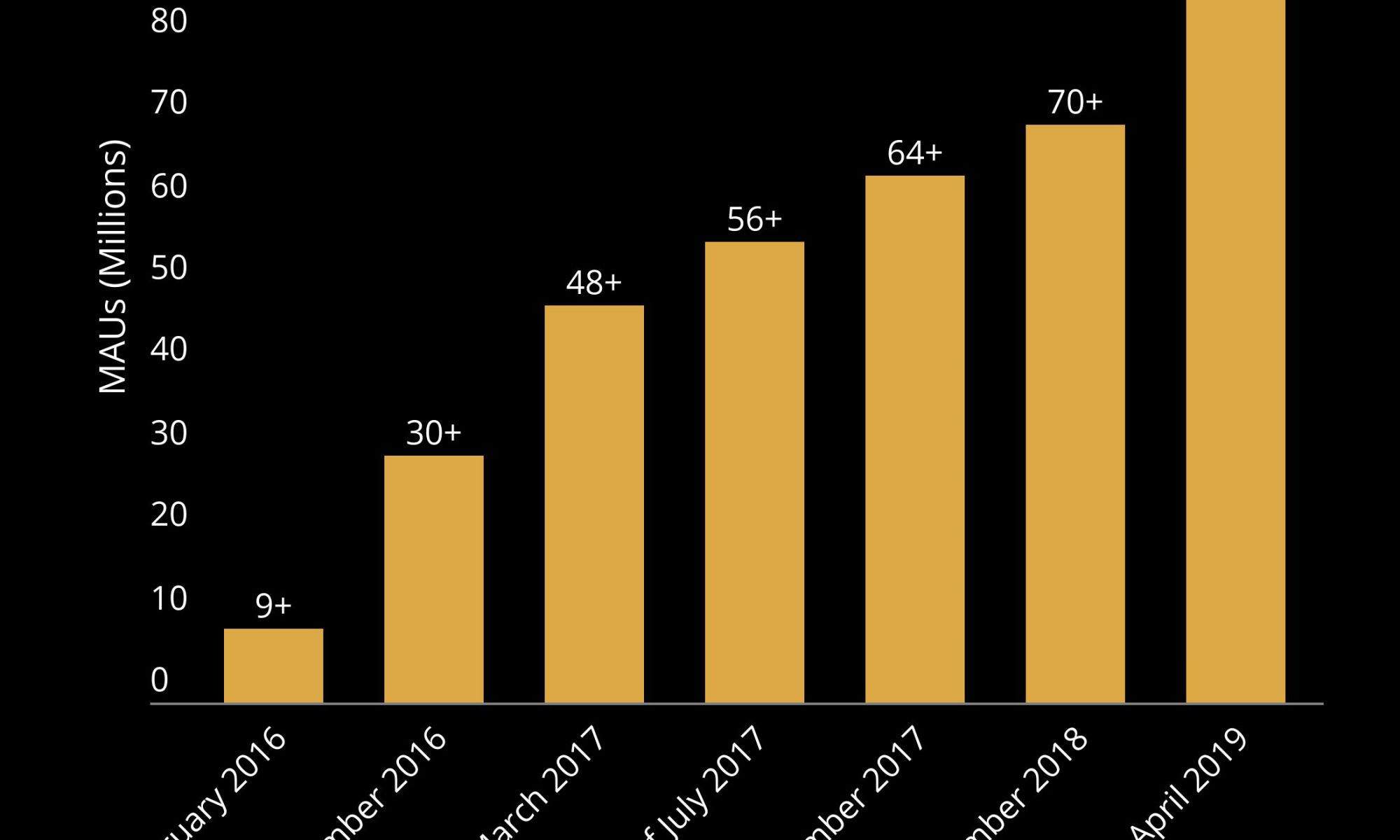Indifi, a Gurgaon-based startup that offers loans to small and medium-sized businesses and also operates an online lending marketplace, has raised 1,450 million Indian rupees ($20.4 million) in a new financing round to expand its business in the country.
The Series C round for the four-year-old startup was led by CDC Group, a UK-government-owned VC fund. Existing investors Accel, Elevar Equity, Omidyar Networks, and Flourish Ventures also participated in the round, the startup announced on Tuesday (Indian Standard Time).
Indifi, which has raised about $34 million in venture capital to date, has also relied on debt to grow and finance loans on its platform. Currently, it’s in about $21 million in debt, Alok Mittal, cofounder and managing director of Indifi, told TechCrunch in an interview.
Indifi, which itself finances some loans, additionally also serves as a marketplace for banks and non-banking financial companies to participate in funding loans to small and medium-sized enterprises, said Mittal. Both the businesses are equally growing and contributing to its bottom line, he said.
A typical loan processed by Indifi is of about $7,000 in size. Overall, the startup offers between $1,400 to $70,000 in capital to businesses.
Unlike banks and many other online lenders, Indifi works with an ecosystem of companies to assess risk factors before granting loan to a business, Mittal said. For instance, Indifi works with food-delivery startups Zomato and Swiggy and checks a restaurant’s past history, feedback from their customers before issuing to a restaurant.
Similarly, if an enterprise from the travel industry were to look for a loan, Indifi checks the volatility of the market. Some of its other business partners include Oyo Rooms, MakeMyTrip, Flipkart, FirstData, Travel Booking, and Riya Travel.
“We chose to invest in Indifi because of its advanced data-driven approach that enables it to reach [thousands] of underserved customers across India. By reducing the high cost of risk assessment and customer acquisition, Indifi helps formal and informal businesses to access growth finance that otherwise may not receive it,” Srini Nagarajan, managing director and head of CDC Group’s Asia business, said in a statement.
Despite its longer background check process, Mittal said Indifi has been able to finance nearly 50% of all the applications it gets, compared to about 10% deals that materialize with banks and other lenders.
Indifi, which spent first year-and-a-half of its existence building relationships with major companies and refining its products, has amassed more than 15,000 customers to date, Mittal said. Its client base has grown by 2.5 times in the past year, he said.
The startup will use the fresh capital to find new clients and lending partners to expand its marketplace business, Mittal said. It will also explore lending to businesses in more sectors including logistics (so fleet-owners could also get loan).
Indifi competes with a handful of businesses including Bangalore-based Zest Money, Five Star Finance, Capital Float, and in some capacity, with Drip Capital, which recently raised $25 million.
Source: Tech Crunch






 free
free